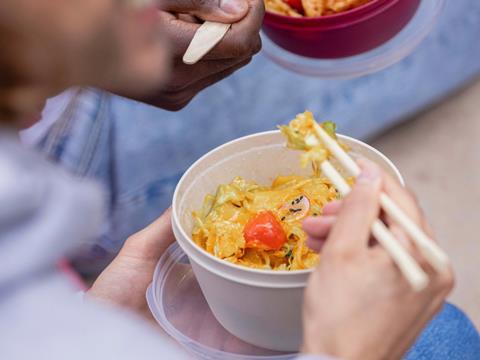
A fascinating new tool has been launched to track the progress of resusable packaging solutions across Europe. In this article, the New European Reuse Alliance tells us more about some of the key findings from this initiative.
The rise of packaging waste
Packaging waste has reached record highs in the European Union. In 2022, each person in Europe produced around 186.5 kg of packaging waste, a 20% increase over the last decade. If no action is taken, the EU could experience a further 19% rise in packaging waste by 2030, with plastic packaging waste alone projected to increase by 46% by 2030. According to the OECD, global plastic waste is set to almost triple by 2060. In this context, the shift to reusable packaging is urgent.
Why reuse?
Reuse does not just prevent waste. It creates new economic and social opportunities, fostering circular systems that keep resources in use for longer; from an environmental perspective, it has the capacity to reduce emissions and water consumption. Yet, despite its potential, reuse is far from mainstream.
Europe is at a turning point. The transition from single-use to reusable packaging is no longer optional if the EU is to meet its binding packaging prevention targets. The path to 2045 is clear: reuse must become the norm. Policymakers, businesses, and citizens increasingly recognise the negative externalities of packaging waste and the need to reduce it.
However, this growing awareness has not yet translated into consistent, decisive action. Stakeholders still lack the evidence needed to act with confidence. Producers, investors, and policymakers struggle to evaluate the real potential of reuse systems, while operators face limited visibility and data to scale their solutions effectively.
Reliable data to prove the scalability, the impact and the challenges of reuse is therefore the first essential step toward building an evidence-based reuse economy.
The European Reuse Barometer was launched in September 2024 to start closing this data gap. Led by New ERA - New European Reuse Alliance, Zero Waste Europe and Planet Reuse, and executed by InOff Plastic, the Barometer is the first strategic market tool designed to inform decisions. Its aim is to map, measure, and monitor the environmental, social, and economic impact of reusable packaging solutions across Europe. By gathering evidence directly from operators and presenting consolidated indicators, it provides a baseline that can guide policy, investment, and industry collaboration.
What does the Barometer address?
For its first edition, the Barometer collected data from 90 reusable packaging solutions across Europe. The focus was on four key sectors identified as the ones with the biggest potential: takeaway, retail, e-commerce, and transport.
Key indicators analysed include:
- Return rate and retention time
- Share of profitable solutions
- Employment figures
- Volumes of single-use packaging avoided
- Sectors in which the solutions operate
- Type of return models
- Best practices, challenges and operational recommendations
The geographical disposition of the sample remains limited to Western and Central Europe. Expanding coverage in Eastern Europe is a key objective for future editions to reflect a fuller picture of the European reuse ecosystem.
Key takeaways from the first edition
- A growing industry: New reuse solutions have been launched across all sectors. To achieve scale, support is needed from policymakers, producers, investors, and consumers.
- Jobs and economic impact: Nearly all companies plan to hire. 37% of surveyed organisations plan to hire 1–5 employees by 2025, and 35% expect to hire 6–20. Overall, the sector could generate around 3,000 new jobs in Europe by 2025.
- Strong consumer participation: 78% of solutions reported return rates above 75%. Interestingly, most (87%) of them use “return on the go” models, where customers bring packaging back to drop-off points. High engagement shows that consumers are willing to adapt when infrastructure exists.
- Billions of single-use packaging and items avoided: In 2022, surveyed companies avoided 59 million single-use items. Projections rise to 813 million in 2025 and 6.6 billion in 2030. If scaled to all mapped solutions, the potential reaches 44.9 billion items avoided by 2030.
- Adapting to consumer needs: Operators are refining their models to prioritise convenience and affordability, crucial for competing with disposables.
Challenges slowing down progress
- Infrastructure gaps: Reuse still lacks standardised and scaled infrastructure across Europe, making operations costly and complex.
- Uneven regulation: While some countries have supportive frameworks, others lag behind, creating a patchwork of obligations and incentives.
- Funding needs: Many solutions remain small, with limited access to investment and challenges in demonstrating profitability at scale.
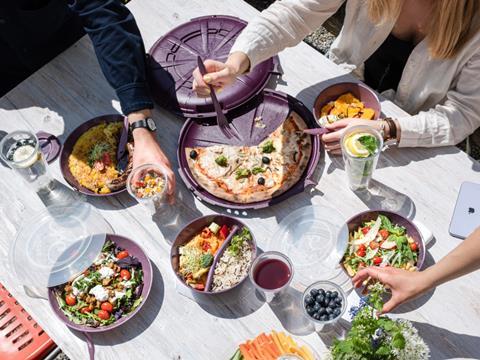
Looking ahead
The European Reuse Barometer is designed to evolve, and findings should be seen as a starting point rather than a definitive picture of reuse in Europe. Building on this work, the upcoming second edition will expand participation, strengthen geographic and sectoral coverage, and add qualitative depth through interviews and case studies. By doing so, it will provide a stronger evidence base to inform policymaking, attract investment, and support business development. In the meantime, dive into the first edition!
Get involved
The Barometer is a collaborative initiative. Reuse operators, networks, and stakeholders are invited to share data and insights for future editions. With the first edition, the Reuse Barometer has laid the groundwork for evidence-driven action. It proves that reuse is not only viable but is already delivering measurable economic and environmental benefits, and that, with the right support, has the potential to inform system wide change.
For collaboration opportunities or to contribute to the second edition, contact the European Reuse Barometer team at francois@inoffplastic.com — and stay tuned for the next release!
Fernando Rodriguez-Mata, director general at the New European Reuse Alliance, will be sharing his insights with us at the 2025 Sustainable Packaging Summit. Click here to join us.
If you liked this story, you might also enjoy:
The ultimate guide to the Packaging and Packaging Waste Regulation in 2025
How are the top brands progressing on packaging sustainability?
Everything you need to know about global packaging sustainability regulation in 2025
The key to increasing the use of reusable packaging in supermarkets

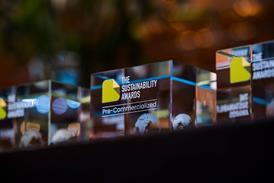

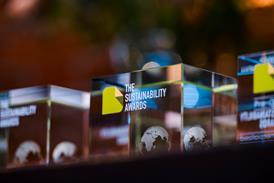
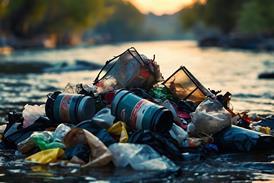
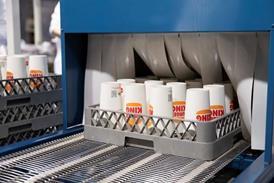
















No comments yet